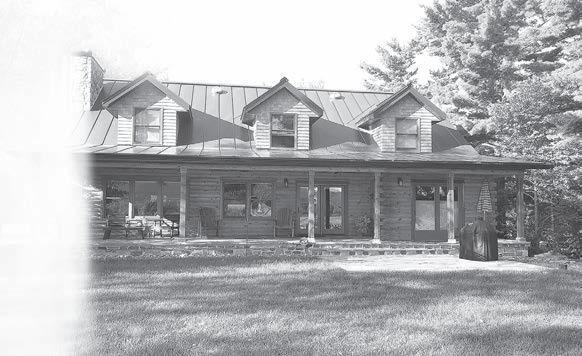
1 minute read
Colorado fourteeners see record decline in visitors
New report cites limits on parking, reservation systems
BY PARKER YAMASAKI THE COLORADO SUN
Foot traffic on Colorado’s highest peaks tumbled 33% in 2022 from the record 415,000 hiker days logged in 2020.
The annual Hiking Use Estimates report by the Colorado Fourteeners Initiative recorded an estimated 279,000 hiker use days during the 2022 season. That’s about 24,000 fewer hikers than in 2021, which saw 303,000 hiker days, and a dramatic drop from 2020’s record of 415,000 hiker days.

Though some ebbs and flows are expected in hiker data due to drought or snowpack, Lloyd Athearn, executive director of the Colorado Fourteeners Initiative, worries that the last year’s decrease is in part an overreaction to the high-traffic pandemic year.
For instance, in 2021, Clear Creek County posted “No Parking” signs along the road that people traditionally parked along to access Grays and Torreys peaks. And in 2022 a reservation system was in effect for the full season on Quandary, the fourteener that has consistently topped the hiker use charts since recording began.
“It’s sort of curious to me. Just as we’re getting close to having almost every fourteener with some kind of intentional route on it — something we’ve been working on for decades, and that the state has spent millions of dollars on — now the communities are saying, ‘we don’t want people here,’” Athearn said. “It’s like we built an interstate highway and all of a sudden the towns start saying they’d rather people run out the county roads.”

Though almost all of the fourteeners experienced a decline in traffic, the numbers and impact are not evenly dispersed. Overall, the state experienced an 8% decrease in traffic. This, in itself, is not par- ticularly alarming. The pandemic year, when people got bored of fearing for their lives inside, created a high watermark of traffic. Even the double-digit decrease from 2020 to 2021 was something to be expected.



The Mosquito Range and the Elk Mountains are the only groups that did not see decreases. The Elks near Aspen — which consist of Castle Peak, Maroon Peak, North Maroon, Capitol Peak, Snowmass Mountain, Conundrum Peak, and Pyramid Peak — showed roughly the same number of hikers as last year, at 7,000. The Mosquito Range, just east of Leadville, actually increased its hiker count to almost double — to 32,000 in 2022 from 17,000 in 2021 — because of a twomonth closure of Mount Lincoln, Mount Democrat and Mount Bross in 2021.
The most drastic decrease was on Quandary Peak, just south of Breckenridge, which saw roughly 13,000 fewer hiker days in 2022 than in 2021. Athearn speculated that a season-long reservation system and the introduction of a shuttle fee in 2022 drove down that number. The next steepest losses came from the Sawatch Range,









